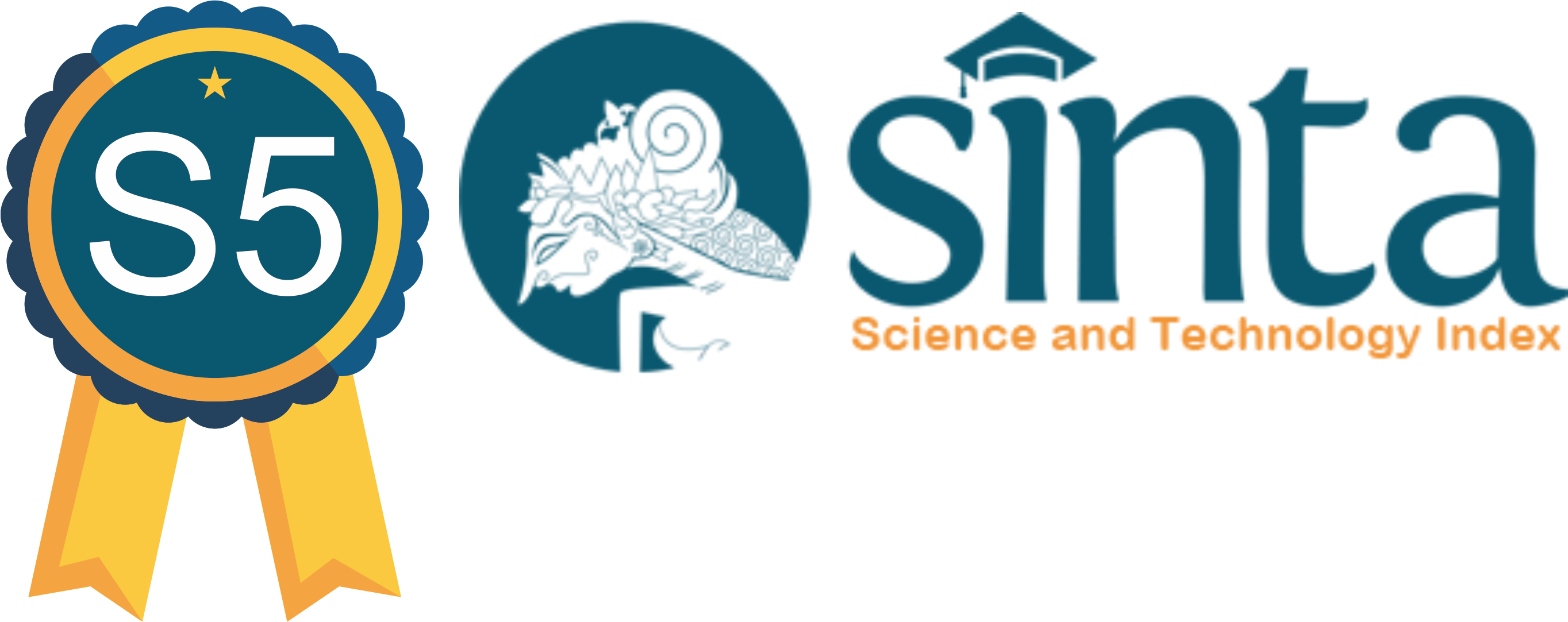The Relationship Between Self Esteem And Facebook Addiction In Adolescents In Kupang City
Abstract
Abstract: This research is quantitative research, with the method used is correlational. The sampling technique uses Convenience Sampling with a total sample of 409 subjects. Subjects in this study were teenagers who played Facebook in the past year with an age range of 13-22 years. Data analysis using Sperman Rank test. The results of Sperman's correlation between Facebook addiction and self-esteem point to -.0.242 with a significance value of 0,000. the significance value obtained is 0,000 <- 0,242, then there is a significant relationship between the research variables. Because the correlation coefficient number is negative, the correlation is inversely proportional. The higher Facebook addiction the lower self-esteem of teenagers in Kupang or the Lower Facebook Addiction the higher self-esteem in adolescents in the city of Kupang.Keywords: Self-Esteem, Facebook, Facebook Addiction, Teenagers
Downloads
References
Ahmed, O., Hosaain, M., & Rana, M. (2016). Facebook addiction self esteem and life statisfation of Bangladeshi young people. Daka University Journal Of Psychology, 40(1), 20-40.
Andreassen, C. S., & Pallesen, S. (2014). Social network site addiction-An overview. Cur Pham, 20(25), 403-4061. https://doi.org/10.2174/13816128113199990616.
Biolcati, R., Mancini, G., Pupi, V., & Mugheddu, V. (2018). Facebook addiction: onset predictors. Journal Of Clinical Medicine, 7(1), 1-12. https://doi.org/10.3390/jcm7060118.
Brailovskai, J., & Magraf. (2017). Facebook Addiction Disorder (FAD) among german students—A longitudinal approach. PloS.ONE, 12(12), 1-15. https://doi.org/10.1371/journal.pone.0189719
Coopersmith, S. (1967).The antecedents of selfesteem. San Fransisco: W. H. Freeman.
Griffiths, M. (2000). Internet addiction-time to be taken seriously?. Journal Addiction Research. 8(5), 413-418.
Griffiths, M. (2005). A ‘components’ model of addiction within a biopsychosocial framework. Journal of Substance, 10(4), 191–197
Griffiths, M.(2013). Social networking addiction: emerging themes and issue. Journal of Addiction And Therapy, 4(5), 1-2. https://doi.org/10.4172/2155-6105.1000e118
Hendroyono, T. (2009). Facebook: situs social networking bernilai 15 miliar dolar. Bandung: B. First.
Kuss, D.J., Griffiths, M.D.(2011).Online social networking and addiction—A review of the psychological literature. Int. J. Environ. Res. Public Health, 8(9), 3528-3552
Leary, M.(1999).Making sense of self-esteem. Current Directiond In Psychological Science, 8(1), 32-35
Mulyana, S., & Afrini.(2017).Hubungan antara self-esteem dengan smartphone addiction pada remaja sma di kota banda aceh . Jurnal Psikogenesis, 5(2), 102-114. https://doi.org/10.24854/jps.v5i2.499
Nengsih. (2018). Impact of facebook social networking sites on youth psychology development. Jurnal Bimbingan Konseling Islam,1(2), 95 -10
Robert, J. A., Yaya, L. H. P., & Manoris, C . (2014). The invisible addiction: cell- phone activities and addiction among male and female collenge students. Journal of behavioral addiction, 3(4), 254-265. https://doi.org/10.1556/JBA.3.2014.015
Rosenberg, M. (1965). Society and the adolescent self-image. USA: Princeton University Press.
Rosenberg, M., Schooler, C., & Schoenbach, C. (1989). Self esteem and adolescent problems: Modeling reciprocall effect. American Sociological Review, 54(6), 1004-1018
Santrock, W.J. (2007). Perkembangan jilid satu(ed.11). Jakarta: PT Erlangga
Santrock, W.D. (2003). Adolescene perkembangan remaja.(ed.6). Jakarta: PT Erlangga
Vashishtha, S., Ahuja, S., & Sharma, M. (2017). Impact of facebook addiction disorder (fad) on study habits and academic achievement of adolescents. Journal of Educational Studies, Trends & Practices, 7(2), 195 -207
West, R. & Brown, J. (2013). Theory of addiction (ed.2). London: Prime
Yuliati, I. N. (2014). Hubungan Antara Pengungkapan Diri Dengan Kecanduan Facebook. (Unpublished Thesis). Fakultas Psikologi Universitas Muhamadiyah, Surakarta.
Copyright (c) 2020 Joanina Adriana Seran

This work is licensed under a Creative Commons Attribution-ShareAlike 4.0 International License.
Journal of Health and Behavioral Science (JHBS) is licensed under a Creative Commons Attribution-ShareAlike 4.0 International License. You are free to copy, transform, or redistribute articles for any lawful purpose in any medium, provided you give appropriate credit to the original author(s) and JHBS, link to the license, indicate if changes were made, and redistribute any derivative work under the same license. Copyright on articles is held by the authors. By submitting to JHBS, authors grant any third party the right to use their article to the extent provided by the Creative Commons Attribution-ShareAlike 4.0 International License.

 Joanina Adriana Seran(1*)
Joanina Adriana Seran(1*)








